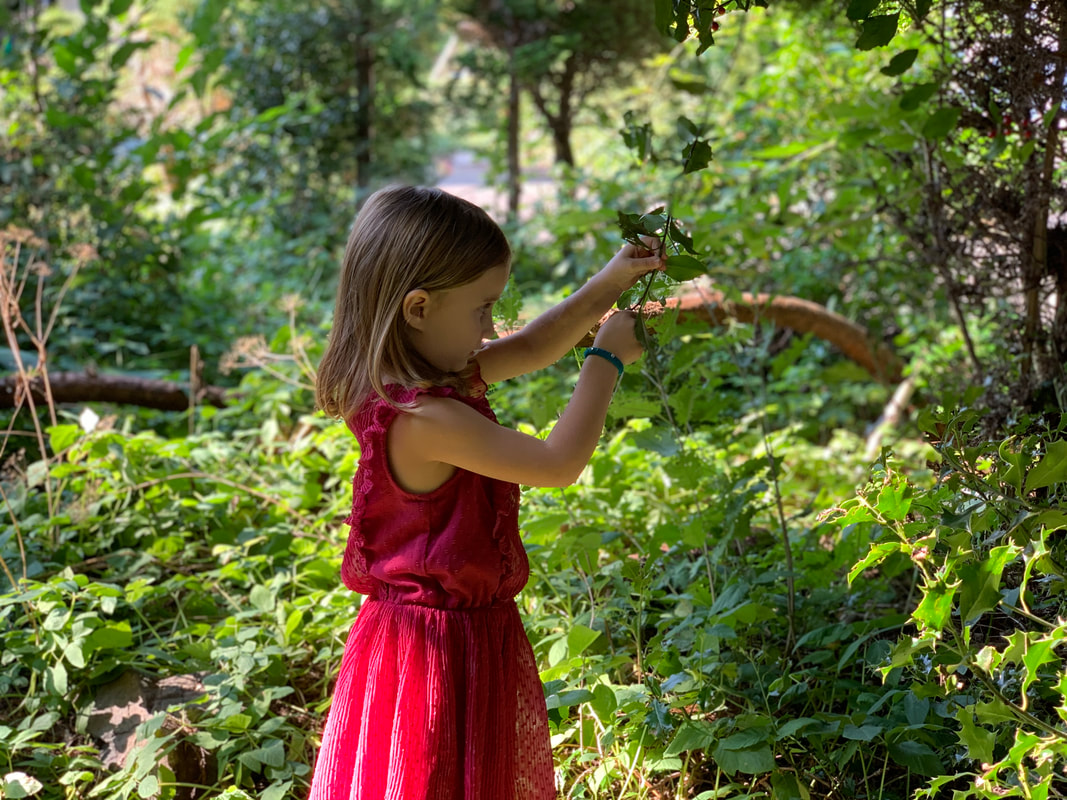 In our first month of Grade 1, we form a foundation for academic learning and cover ideas around personal responsibility, harnessing creativity, and placing learning at the heart of the human experience. Grade 1 is the transition between learning through play (thinking through doing) and learning through imaginative academic activities (thinking through feeling, on the way to developing analytical thinking processes). The Wonder of Patterns is a funny name, but quite literally means that parents and their children will be telling stories of and with patterns and forms. What are patterns and forms? Patterns exist in everything in nature, and forms make up all the letters and numbers we use today. There is the straight line and the curved line and all the ways that these two friends interact. By exploring patterns and forms through imaginative pictures, families have a place to focus on routines and rhythms for home learning, expectations for school time in the home, such as where, when, and how. By focusing deeply on the patterns and forms, they also focus on the ‘form’ of posture, pencil grip, quality of work, and habits. Permission to slow down and enjoy the wonder… To prepare to bring this unit, we ask parents to go out and get excited about the horizon! Have a look at what is around, notice landscape features, and the patterns and forms they create as they contrast with the sky. Imagine the line of the sun as it moves across the sky; see the shape of the wave as it meets the sand, the shape of the trees as they meet the sky, or reflect on the lake. Remember that you are in no rush. Remember that you have all that it takes to provide an enriching, holistic, warm, and loving environment for your child to grow into an innovative and creative thinker, a compassionate community member, and a passionate steward of the earth. Take a deep breath in, think about the ‘form’ you want for your home learning journey. Think about the details of the routines and habits that will support the healthy functioning of your ‘school at home.’ Think about your needs now so that you can be fully present for 1-2 hours of orchestrated joy and learning for your child(ren) for this day, and breathe out. Repeat as needed over coffee/tea, then start your morning lesson with a song/verse. An exert from the Day 1 Daily Lesson: Ask your child to sit quietly and imagine a butterfly (any flying insect could work) resting on a branch. Describe the wings' color, the shape of the wings, the antenna, the shiny black body, etc. Tell a very short imaginative story of the butterfly’s journey to go and visit a friend – describe in detail the pattern of the flying in your telling; feel free to use your finger to show the pattern and orient it from your child’s left, horizontally, to their right. The pattern can have loops, points, or both – make it horizontal and a consistent pattern. Sing your transition song or recite your verse and head outside. Once outside, show your child any pattern you see, such as the trees’ pattern against the sky, the pattern of the edge of a leaf, the pattern of the top of the fence, the pattern of the edge of the apartment block, etc. Take turns finding and sharing patterns you notice, discuss patterns in detail, notice any similarities between patterns you find. Return to your book-work space with the support of your transition song or verse. Turn to the first page in the book, show your child how to create a beautiful border around the outside edges of the page, about an inch thick. Have them copy the word PATTERNS at the top of the page as a title, make sure the work is done mindfully as a set up for the quality you want to see moving forward. Under the title word, show your child how to lightly color in the sky with the side of a crayon (use golden yellow or blue), then bring in a brown tree branch from the side of the page, then build the shape of the butterfly wings and body. Your child can bring details to the wings as they wish. Finally, they can add some green to the branch around the butterfly. Transition out of book-work with your song or verse and include an out-breath activity such as putting away materials and stretching the limbs. If your child needs more movement, take two minutes to do jumping jacks or something active, then come back to quiet for the ending story. Children experience a sense of oneness or unity with the world around them. They experience life through their feelings, soak up all of the sensations in their environment, and are united with everything.
Daily Wonder is supporting parents to bring their children capacities and flexibility through balanced, integrated education. By empowering parents to educate their children to enter the world with excitement and boldness, and by observing how things work, children naturally fall in love with the world, and it is through their love that they will want to change the world.
1 Comment
|
BlogExplore schedules, rhythms & routines, songs, music, festivals, free play, meals, projects & more to support your homeschooling program.Categories
All
Archives
April 2024
|
You might be wondering... |
Visit us on Teachers Pay Teachers© COPYRIGHT 2020. ALL RIGHTS RESERVED
Serving your worldwide educational needs from Comox Valley, BC, Canada. |

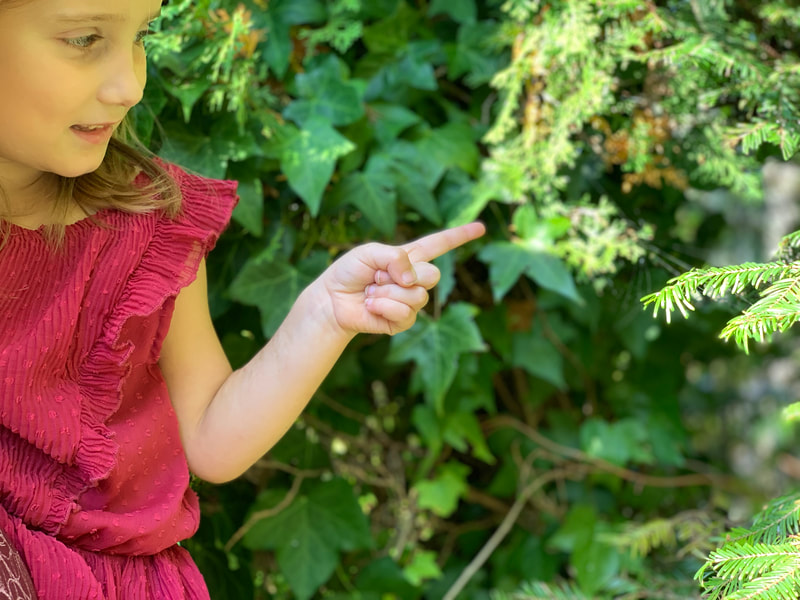
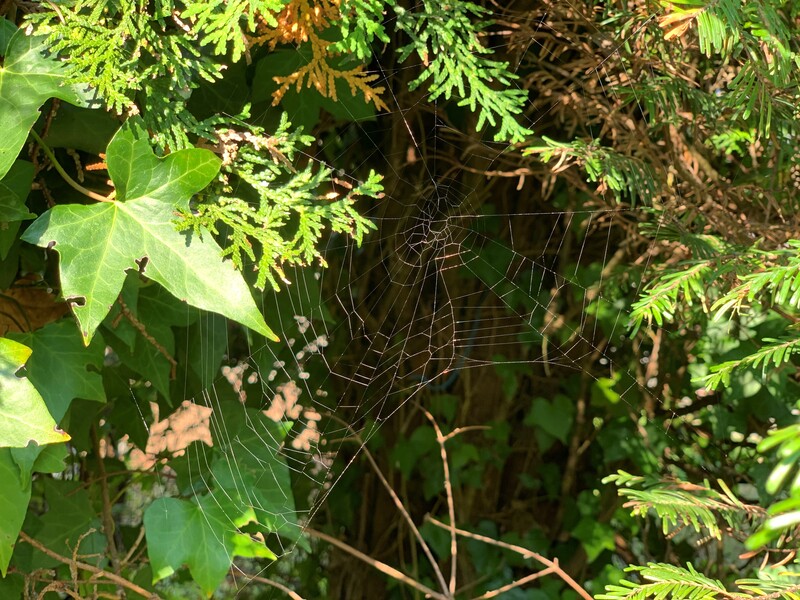
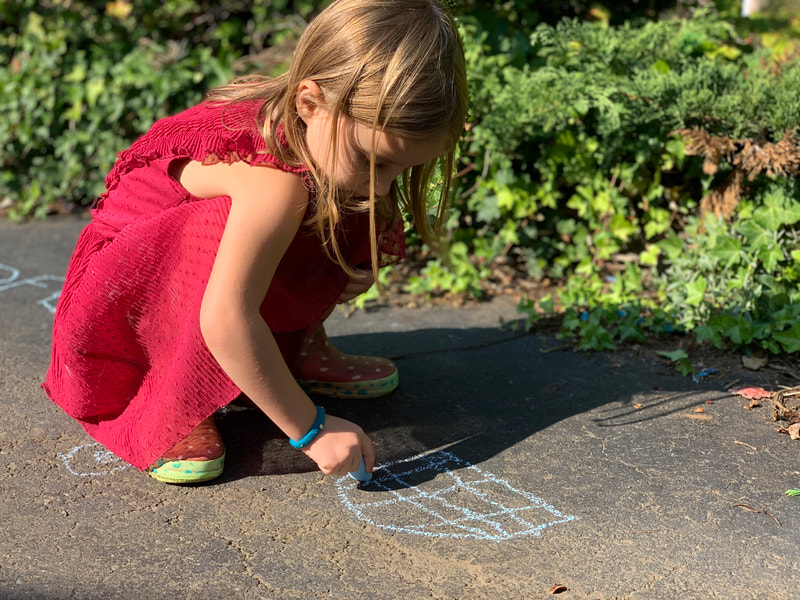
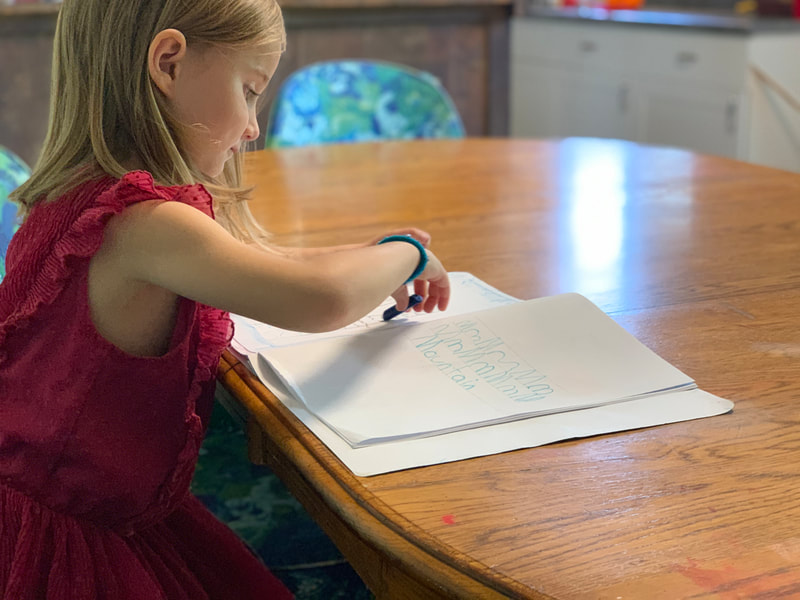
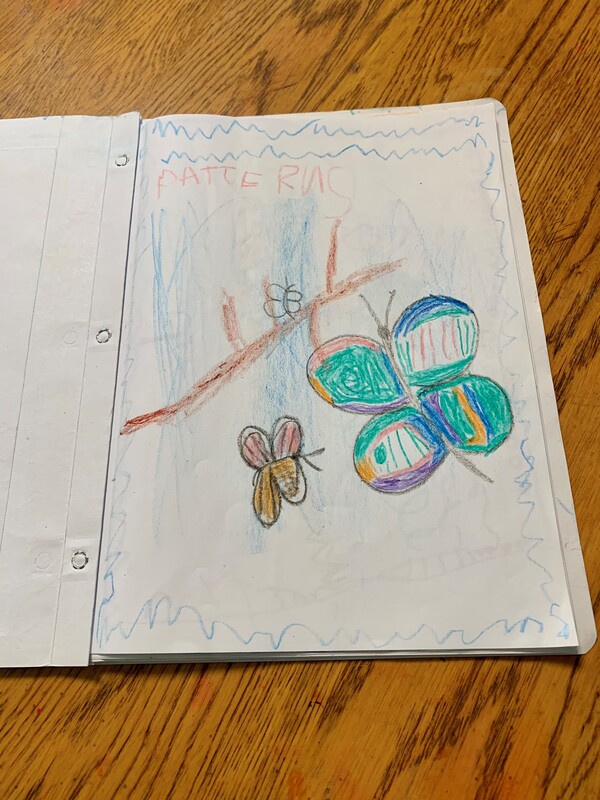
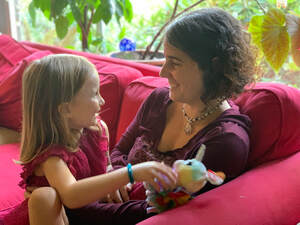
 RSS Feed
RSS Feed